Iran Press/Iran news: The literature of Iran (Persian Literature) is among the oldest in the world, spanning thousands of years, and has influenced the literary works of many other cultures.
Persian art and Literature or Iranian art has one of the richest art heritages in world history and has been strong in many media including architecture, painting, weaving, pottery, calligraphy, metalworking and sculpture.
Khayyam is chiefly known to English-speaking readers through a translation of a collection of his quatrains in the Rubaiyat of Omar Khayyam by the English writer Edward FitzGerald.
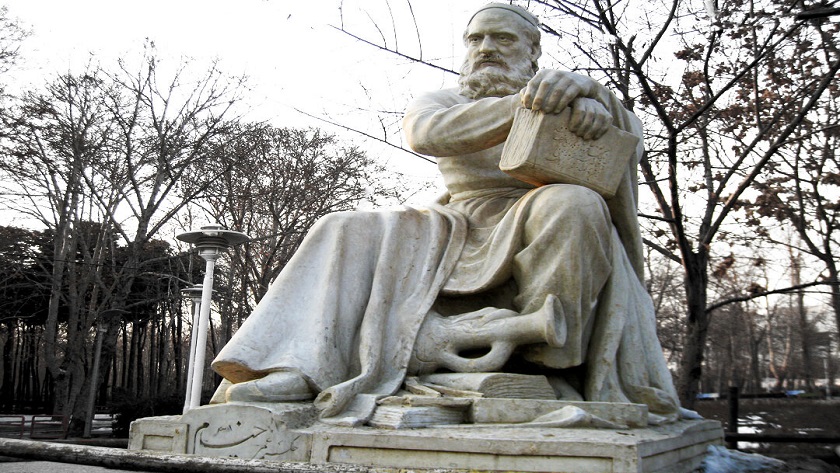 Statue dedicated to Khayyam
Statue dedicated to Khayyam
Related News: Iran celebrates Omar Khayyam Day
Biography of Khayyam
Hakim Omar Khayyam Neyshabouri, an Iranian poet, was born in 439 AH in Neyshabour, northeastern Iran, and died in the year 517 AH.
Omar Khayyam's full name was Ghiyath al-Din Abu'l-Fath Umar ibn Ibrahim Al-Nisaburi al-Khayyami.
According to his contemporary historian, Bayhaqi, Khayyam and his ancestors were from Nishapur. In philosophy, Khayyam is considered intellectually to be a follower of Avicenna. He mastered philosophy, mathematics, astronomy, and also linguistics, fiqh (Islamic jurisprudence), and history.
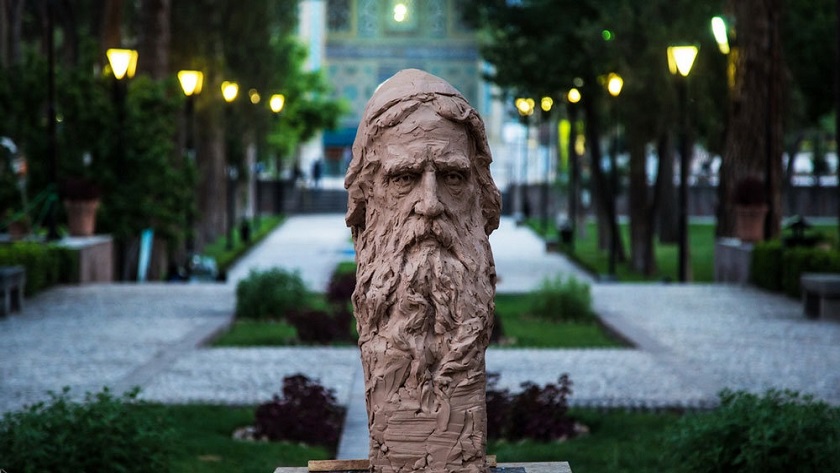 Khayyam; an iconic figure in Iranian culture and history
Khayyam; an iconic figure in Iranian culture and history
Khayyam lived in an era where the socio-political situation was chaotic and disordered. There was a huge group of fanatics during this time, who disagreed with all sciences, even mathematics, medicine, astronomy, music, and so on, and they considered the persons who studied such science as atheists.
His name Khayyam (Tent-maker) may have been derived from his father’s trade. He received a good education in the sciences and philosophy in his native Nishapur or Neyshabur before traveling to Samarkand (now in Uzbekistan), where he completed the algebra treatise, “Treatise on Demonstration of Problems of Algebra”, on which his mathematical reputation principally rests.
He made such a name for himself that the Seljuq sultan Malik-Shah invited him to Isfahan to undertake the astronomical observations necessary for the reform of the calendar. To accomplish this an observatory was built there, and a new calendar was produced, known as the Jalali calendar.
Based on making 8 of every 33 years leap years, it was more accurate than the present Gregorian calendar, and it was adopted in 1075 by Malik-Shah.
Related news: Rumi; What Iran is known for
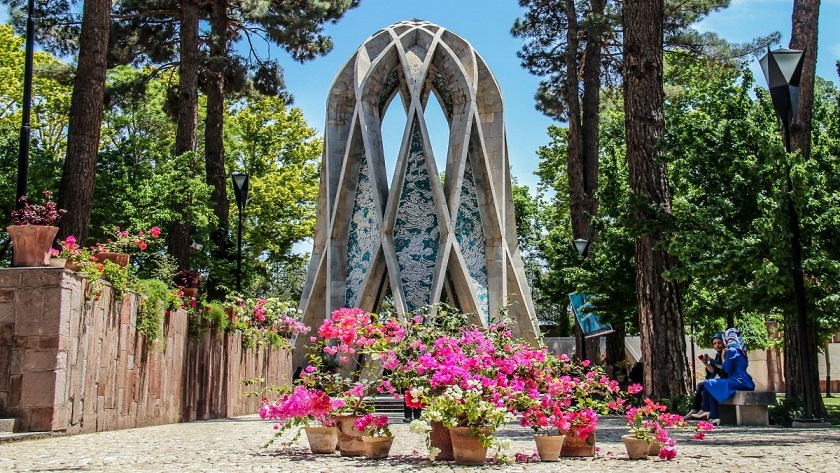 Khayyam mausoleum in Neyshabur
Khayyam mausoleum in Neyshabur
Khayyam's years in Isfahan were very productive ones, but after the death of his patron in 1092 the sultan’s widow turned against him, and soon thereafter Omar went on a pilgrimage to Mecca. He then returned to Neyshabur where he taught and served the court as an astrologer. Philosophy, jurisprudence, history, mathematics, medicine, and astronomy are among the subjects mastered by this brilliant man.
Related News: May 18 is associated with Hakim Omar Khayyam
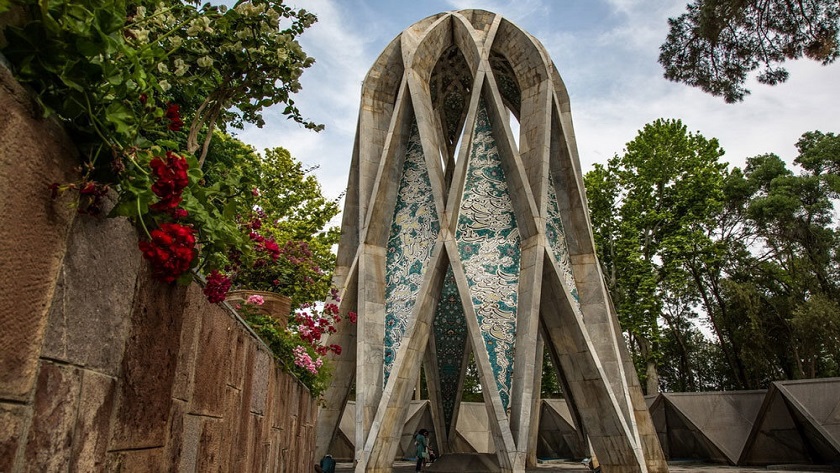 Khayyam is venerated in Persian Literature and culture
Khayyam is venerated in Persian Literature and culture
Khayyam's achievements and contributions
Khayyam had skills and mastery in the sciences of his time, such as medicine, astronomy, and wisdom. In addition, he was one of the famous sages, astronomers, physicians, and mathematicians of his time, and he was also proficient in Islamic issues such as jurisprudence and vocabulary.
Mathematics:
Khayyam was an outstanding mathematician and astronomer and, despite the difficulties which he described in this quote, he did write several works including Problems of Arithmetic, a book on music and one on algebra before he was 25 years old. In 1070 he moved to Samarkand in Uzbekistan which is one of the oldest cities of Central Asia. There Khayyam was supported by Abu Tahir, a prominent jurist of Samarkand, and this allowed him to write his most famous algebra work, Treatise on Demonstration of Problems of Algebra.
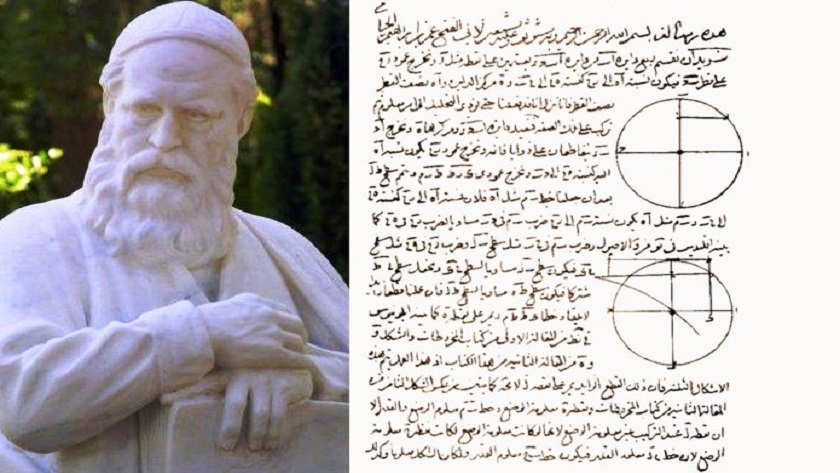 Khayyam; a great mathematician
Khayyam; a great mathematician
Astronomy:
Khayyam was one of the pioneers of his time in the study of stars and constellations, and the fruits of his activity in this field can be summed up in his efforts to correct the Iranian calendar during the reign of the Seljuk Malikshah (426-590 AH).
During his life, Khayyam developed a solar calendar (the Jalali calendar), which was first used in modern-day Iran in 1075 AD.
Also Khayyam measured the length of the year as 365.24219858156 days.
Literature:
Khayyam spent his life as a famous mathematician and philosopher, while his contemporaries were unaware of the quatrains that make him famous today.
Khayyam's contemporaries such as Nizami Aruzi or Beyhaghi have not mentioned Khayyam's poems. The oldest book in which the poet Khayyam is mentioned is by Emad al-Din Isfahani.
Khayyam’s fame in the West rests upon the collection of robāʿīyāt, or “quatrains,” attributed to him. (A quatrain is a piece of verse complete in four lines, usually rhyming aaaa or aaba; it is close in style and spirit to the epigram.
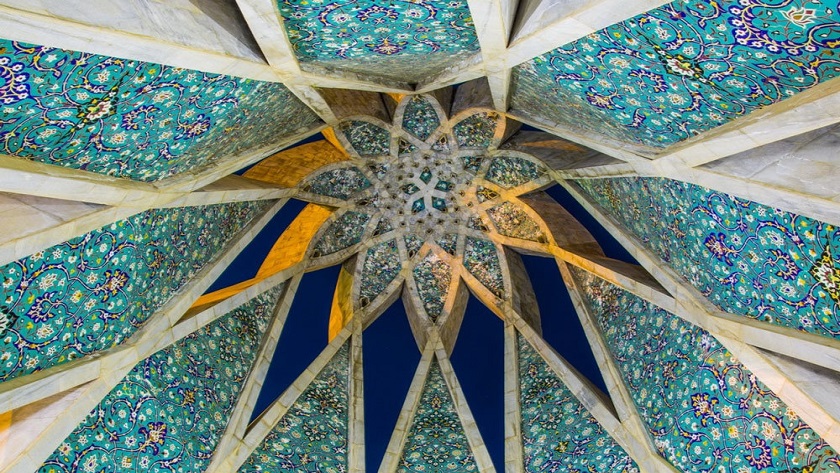 Inside Khayya's mausoleum
Inside Khayya's mausoleum
Related news: May 15, Persian Language Day, National Ferdowsi Day in Iran
Khayyam's legacy
Khayyam's quatrains are among the best-selling international works. There is no collection of poetry, new or classical, that has been so popular and read in Europe and America, and at the same time, there is no poet who, like Khayyam, has aroused such praise from others.
According to Arthur John Arberry, the translator of Khayyam's quatrains, "there is not a house in England where this book has never been used. British soldiers took it to the battlefield with them in two world wars."
 Khayyam is famous for his rubaiyat, or quatrains
Khayyam is famous for his rubaiyat, or quatrains
Khayyam was known throughout Europe as one of the world's great speakers. His quatrains were repeated and translated into various languages, including French, English, German, Italian, Russian, Arabic, Turkish, Armenian, and other languages.
The reason for all this fame and popularity is different from the point of view of scholars and researchers of Khayyam's works.
According to Dr. Abdolhossein Zarrinkoob, a contemporary researcher and thinker: "Khayyam's quatrains smell of truth and purity, and take the enlightened mind of man inward and make him think and reflect."
 Khayyam's mausoleum is embellished with gorgeous tiles, Neyshabur
Khayyam's mausoleum is embellished with gorgeous tiles, Neyshabur
According to Professor Charles F Horne: "Looking at Khayyam's poems, one can see that he is a thinker and philosopher. The main basis of Khayyam's thoughts is to reflect on the mystery of human existence and destiny, and in fact death and life."
According to Elizabeth Alden Curtis, one of the translators of Khayyam's quatrains into English, "Khayyam is the poet of a human cry that no other nation has ever had."
Read More:
Persian literature; what Iran is known for
Khayyam Neyshabouri; Iranian genius on the peak of the world
Ashkan Salehian

